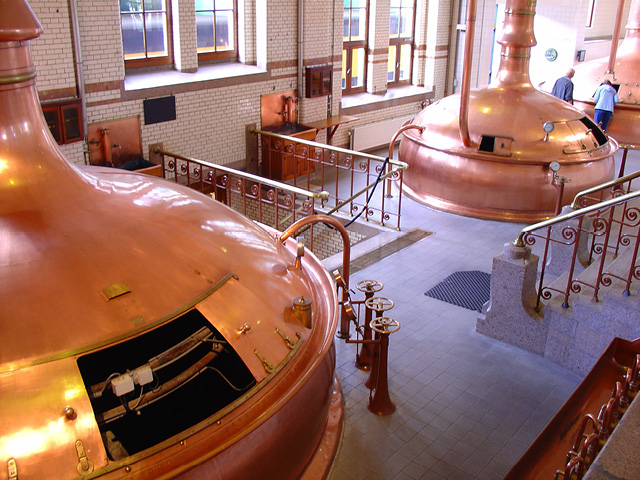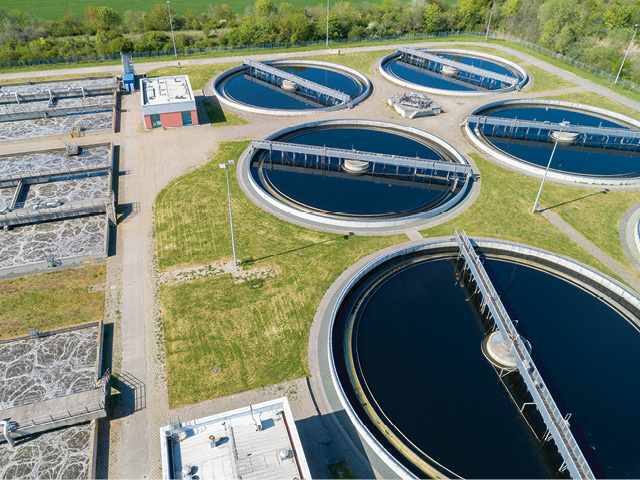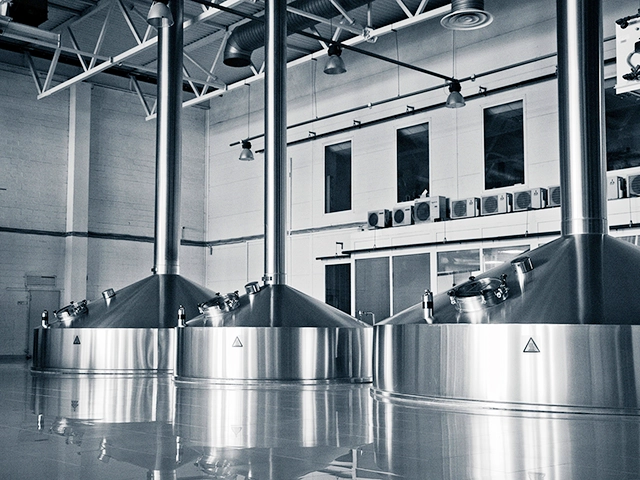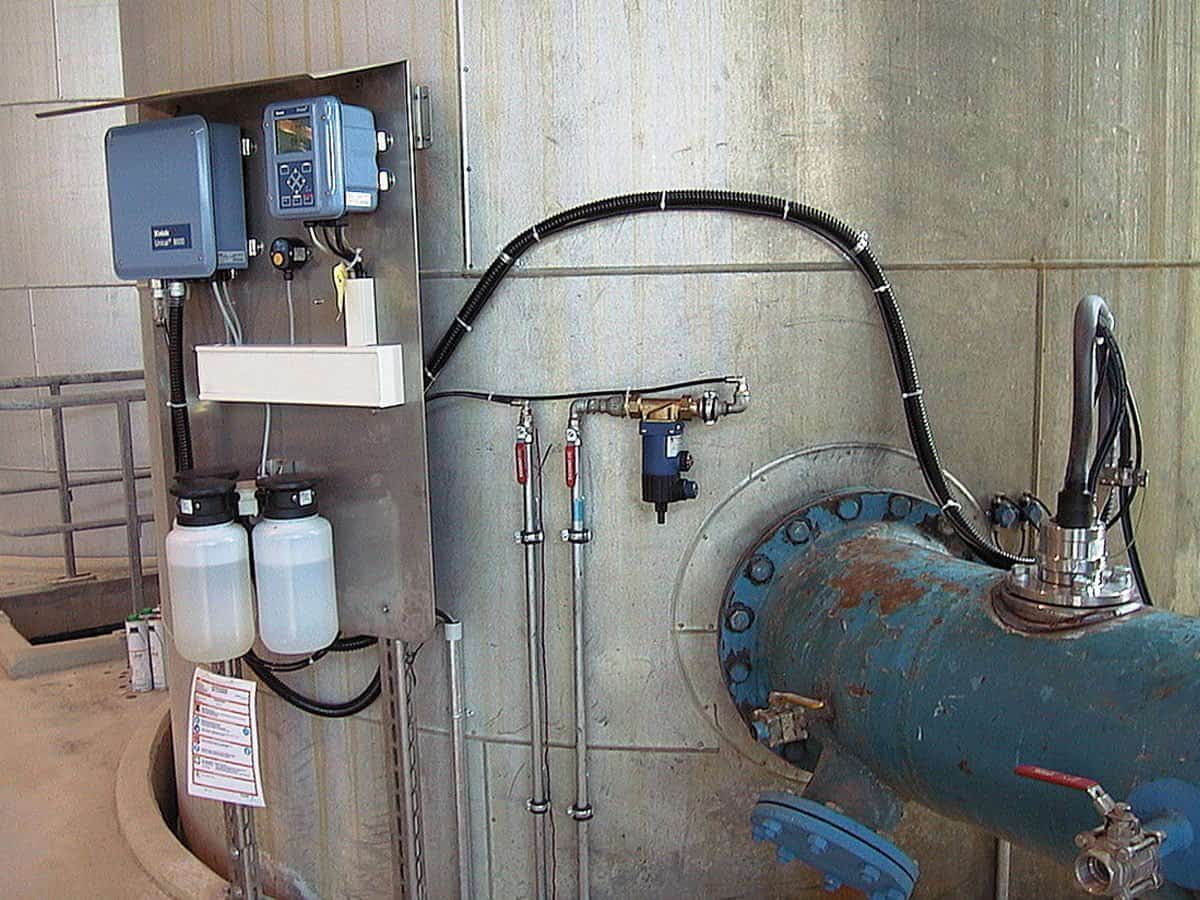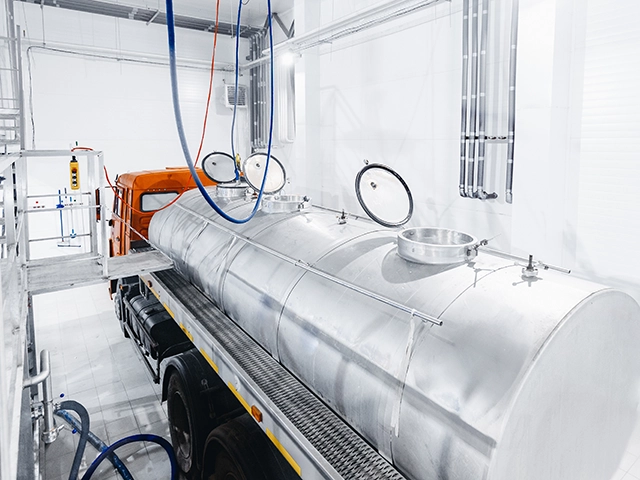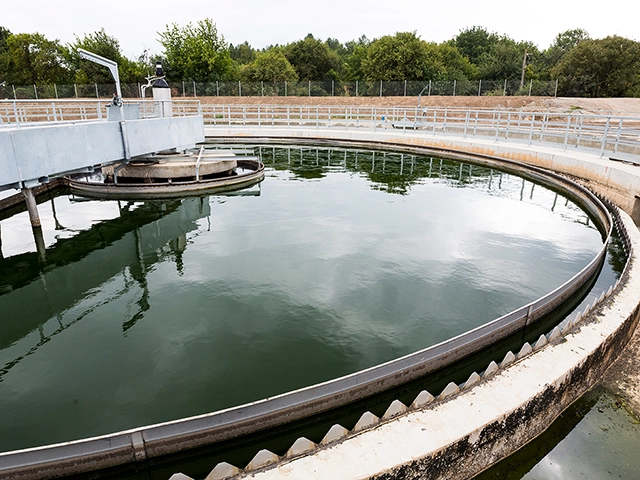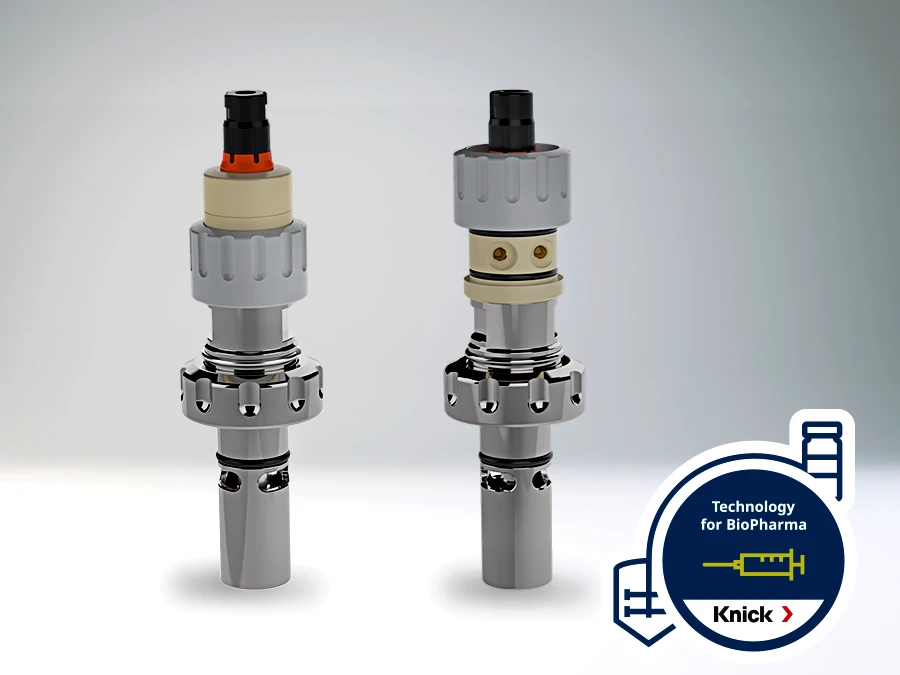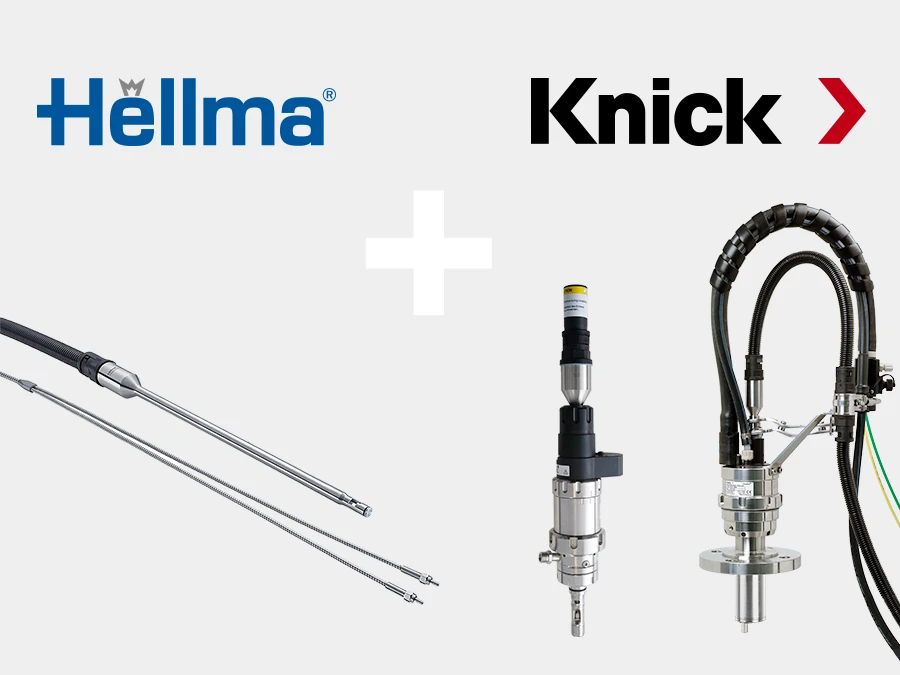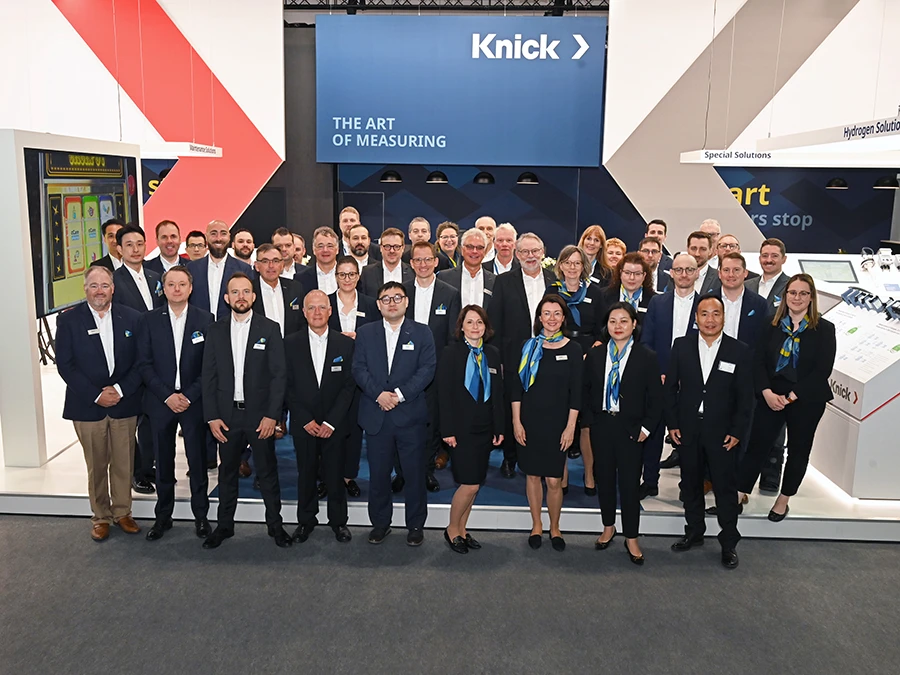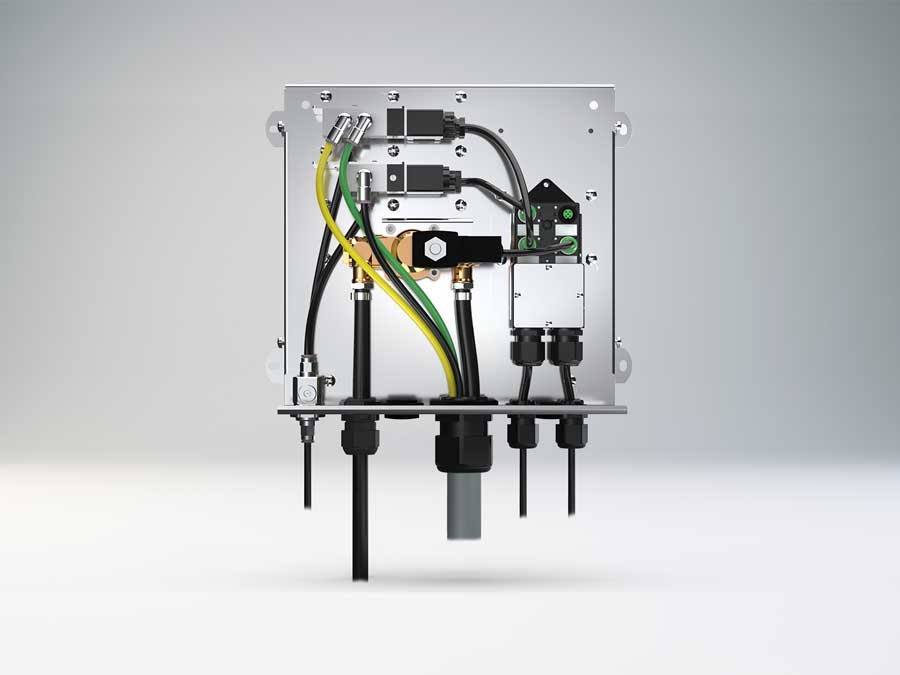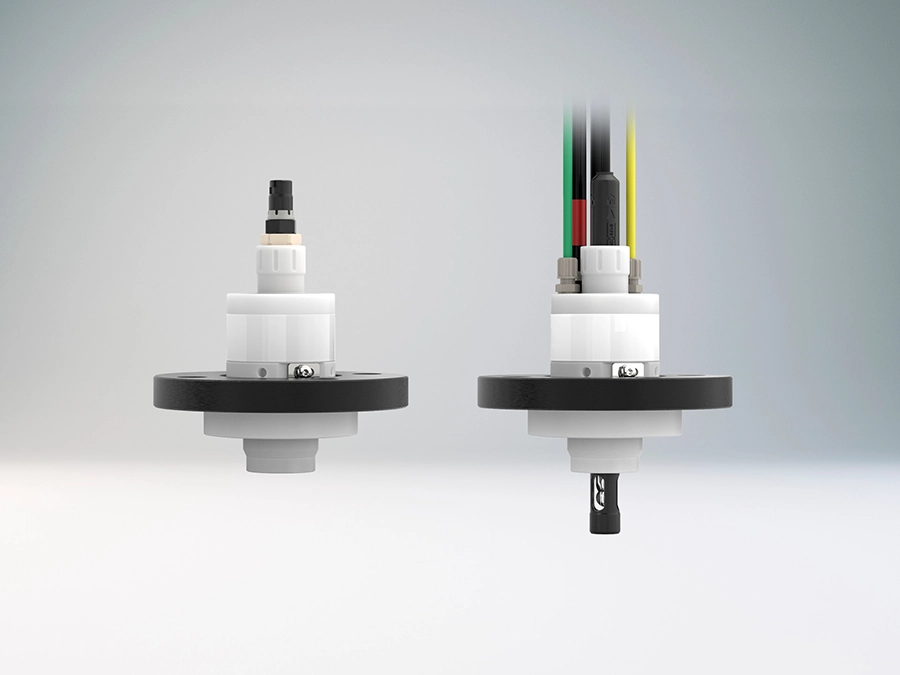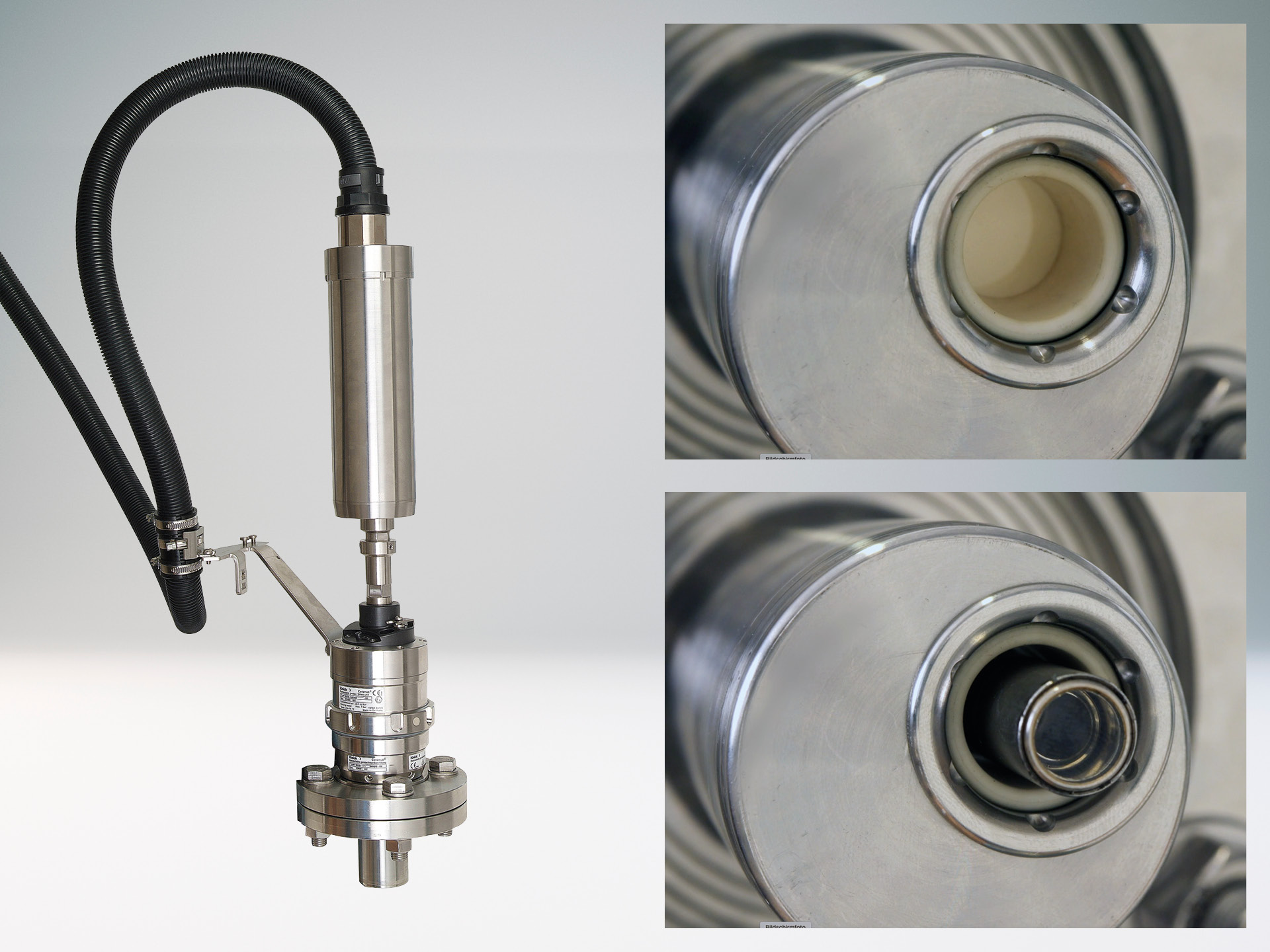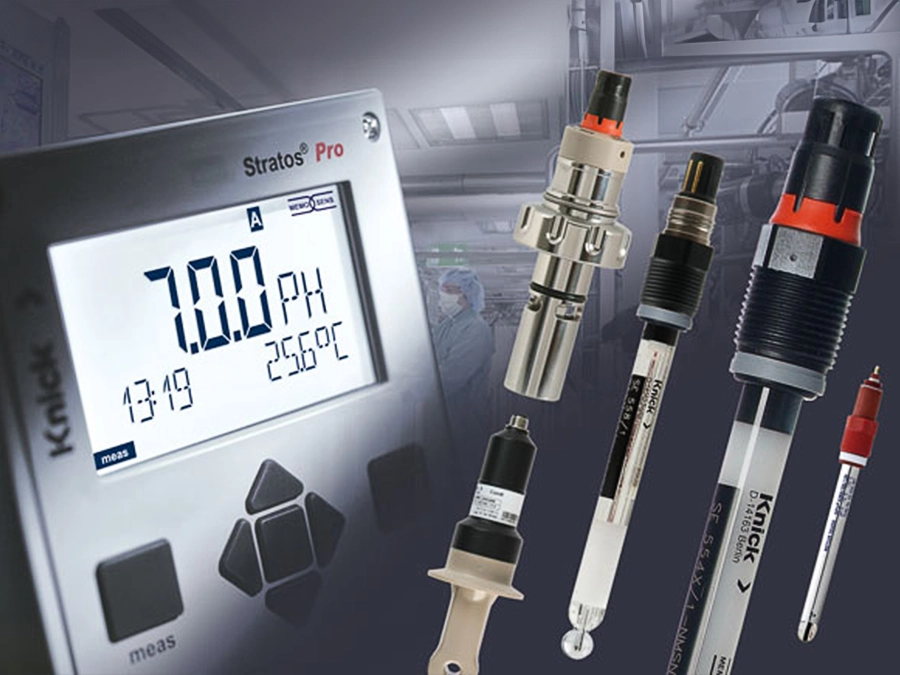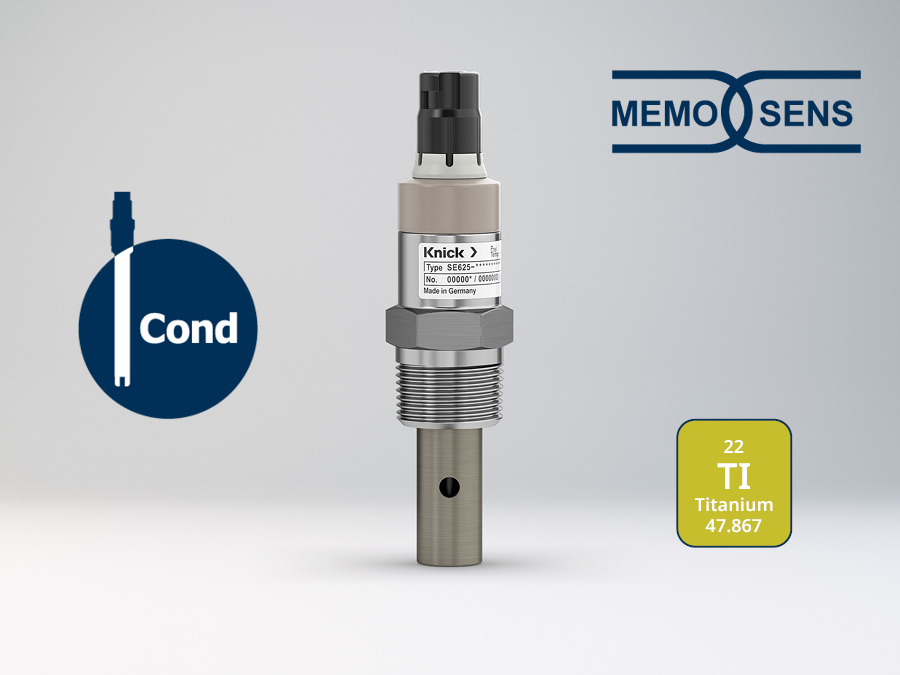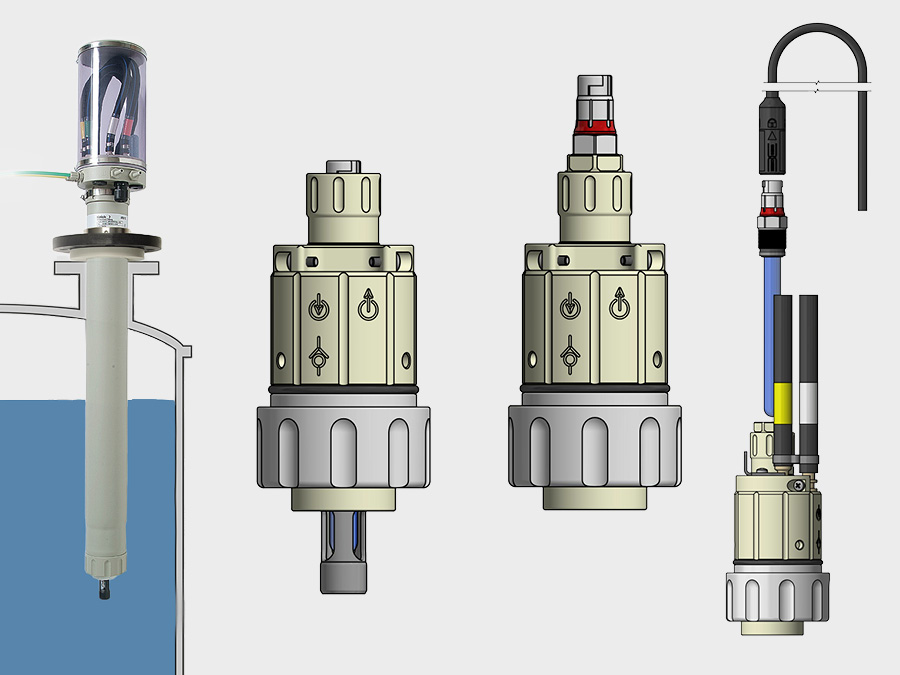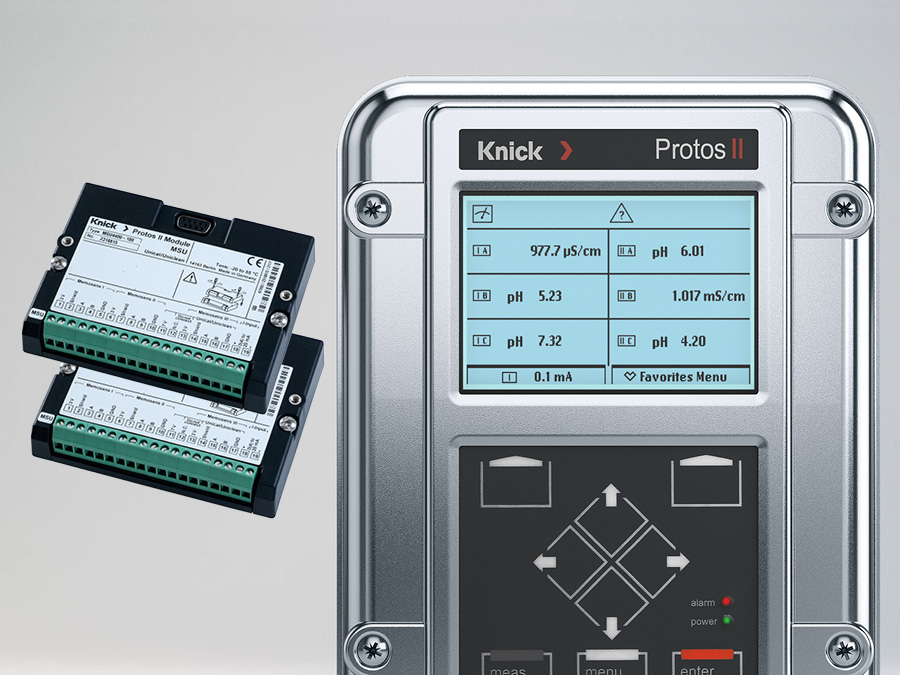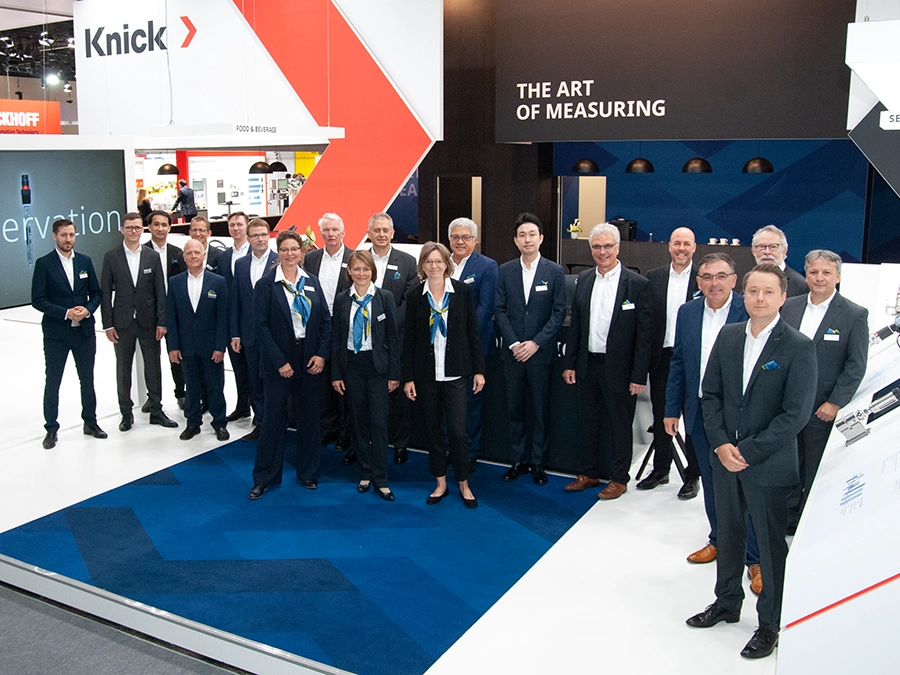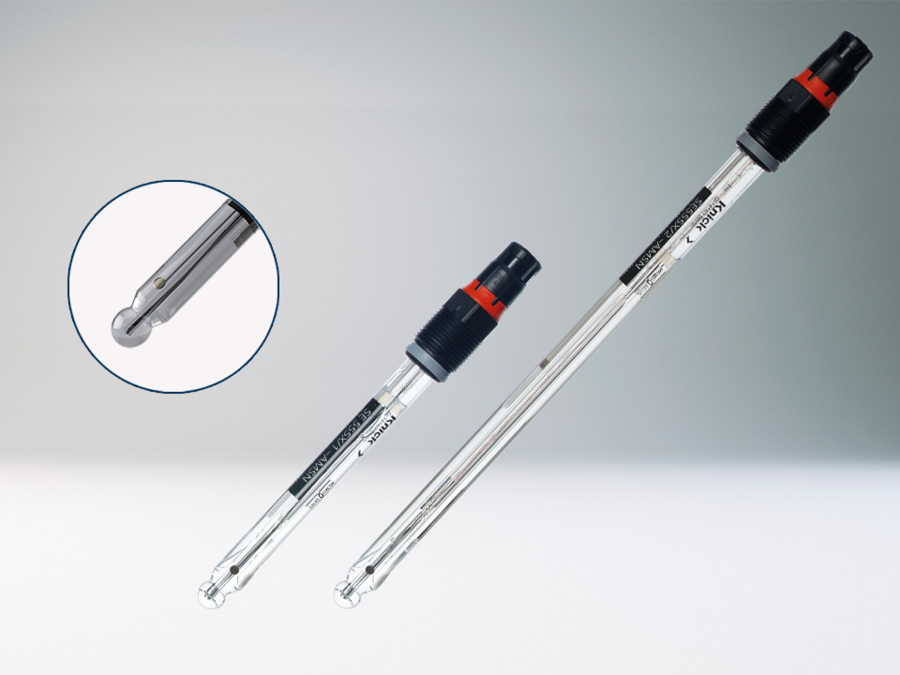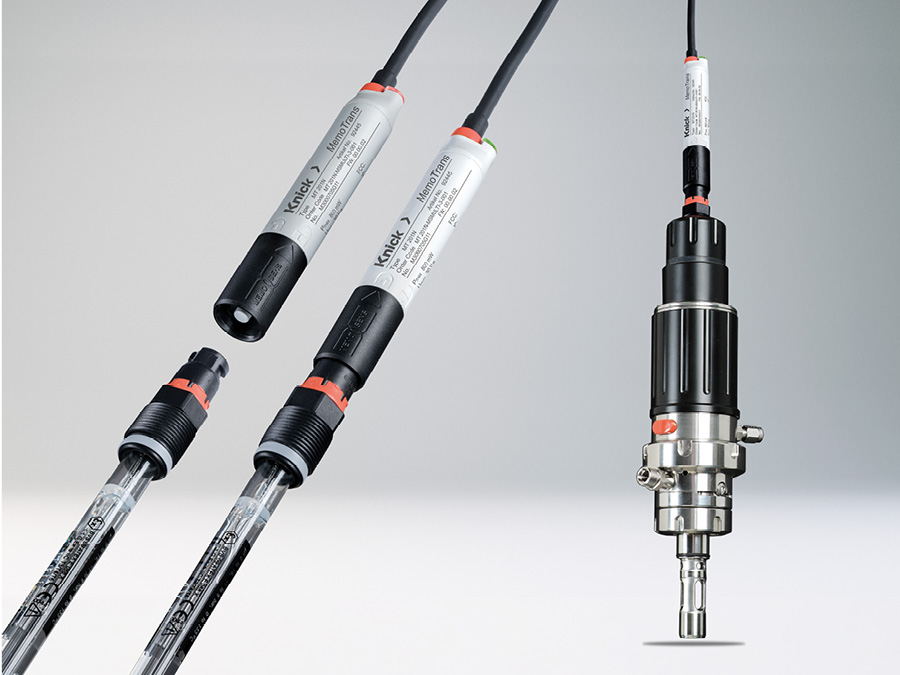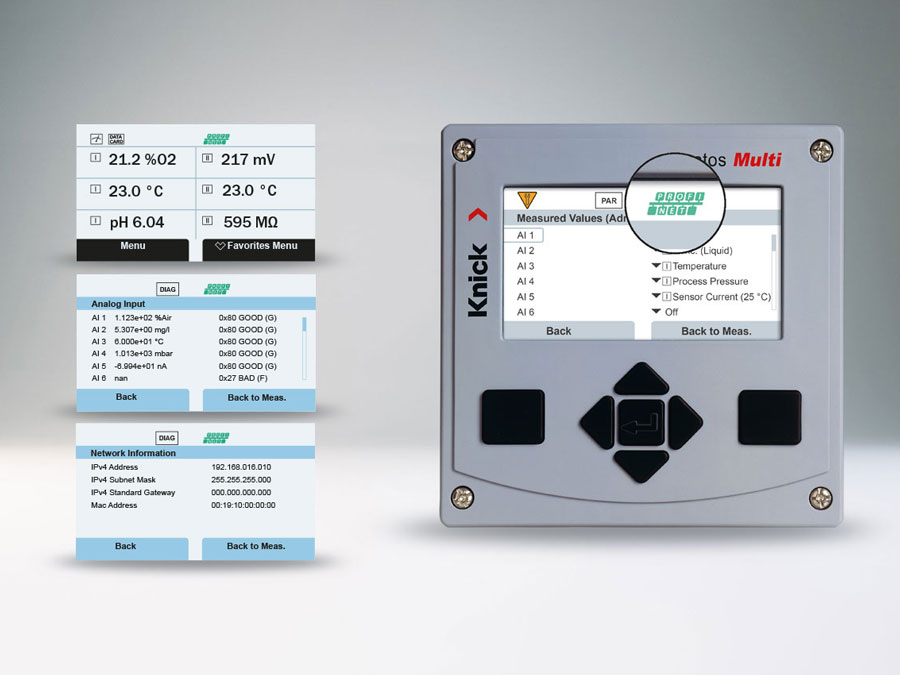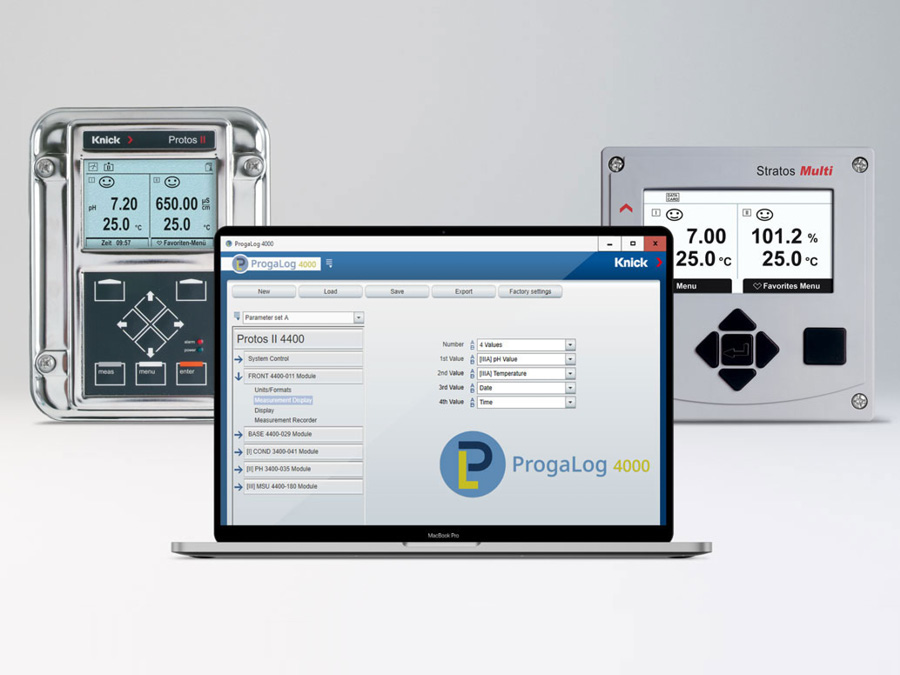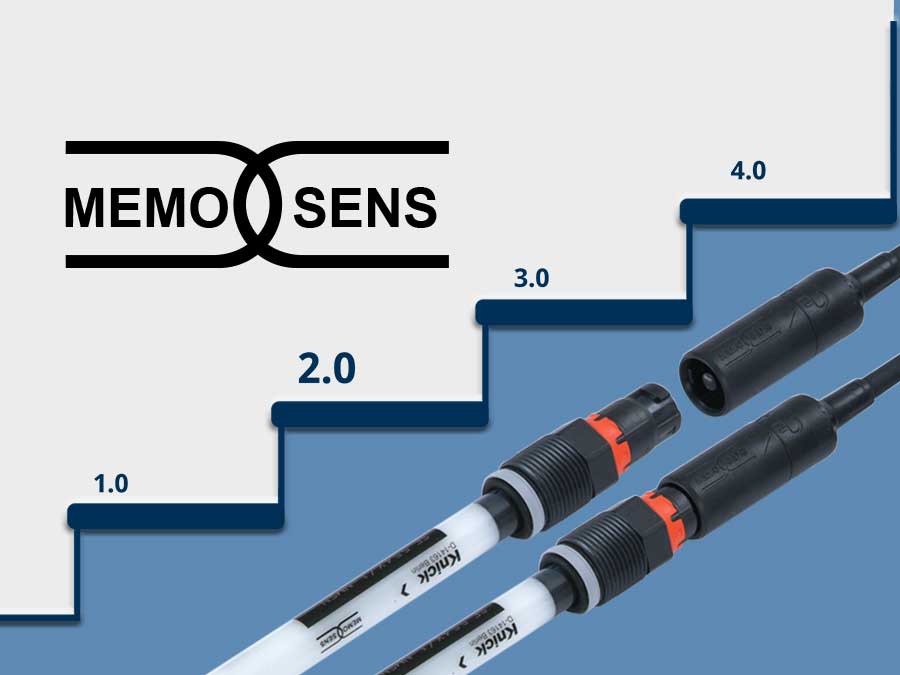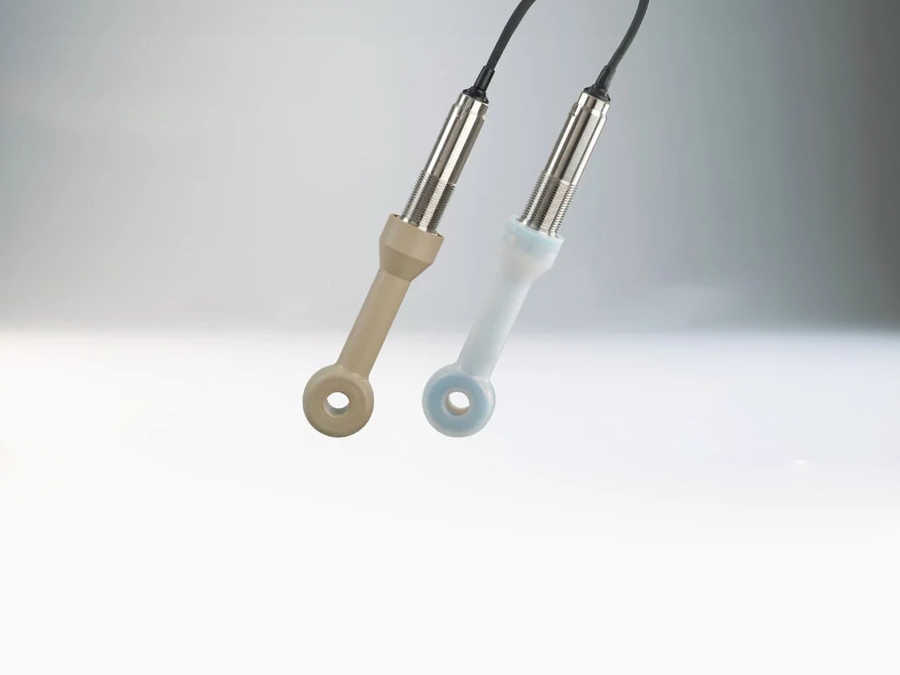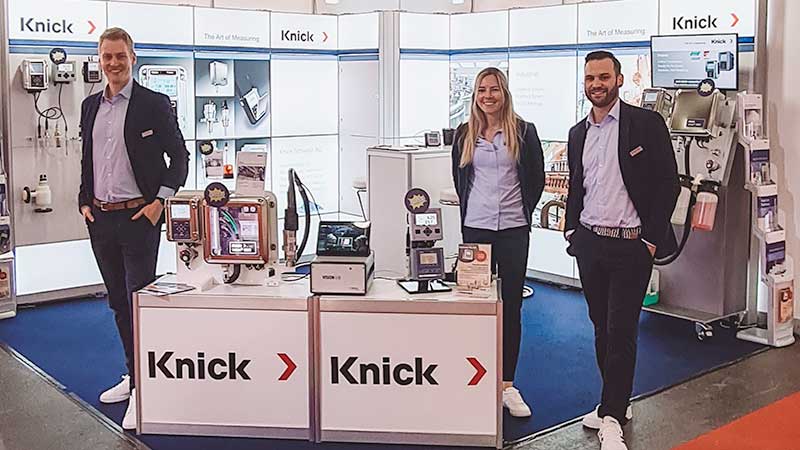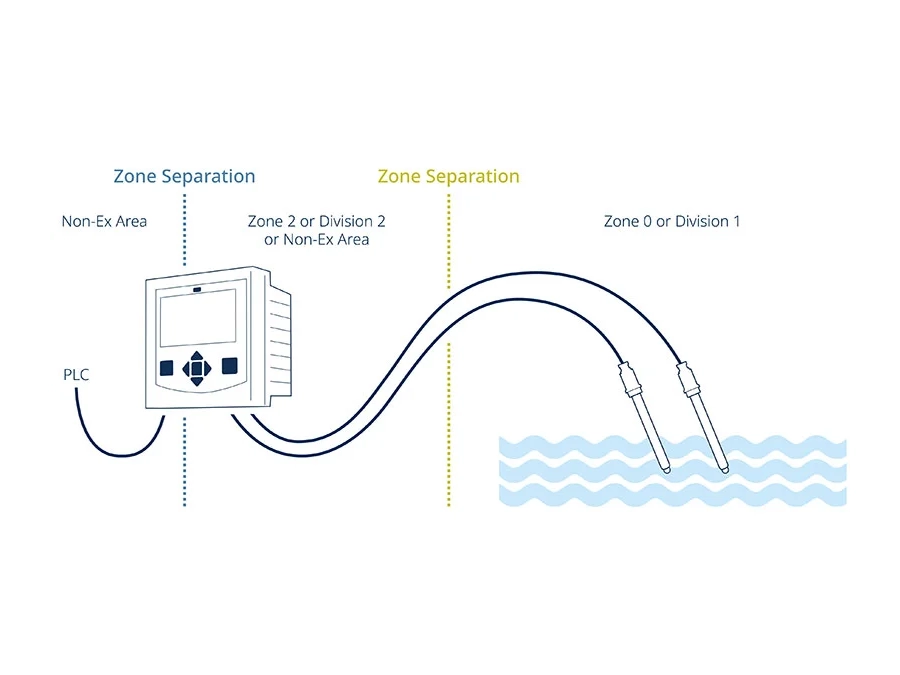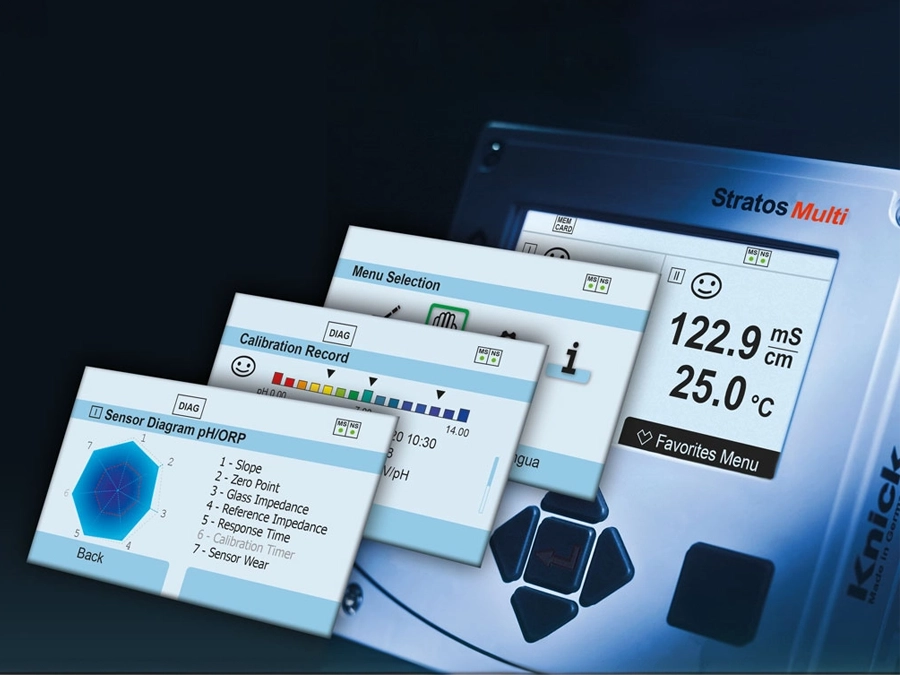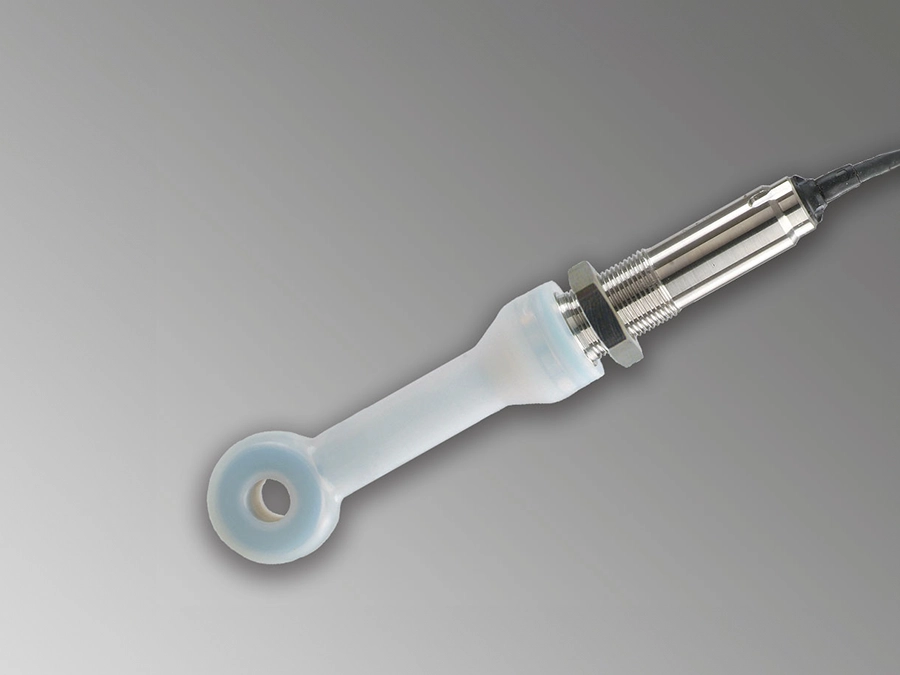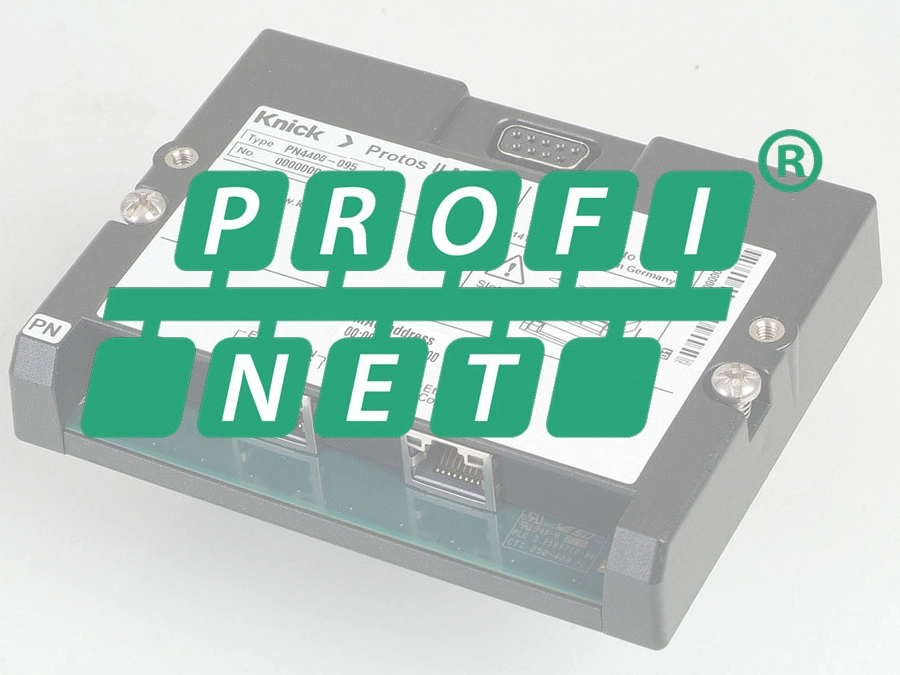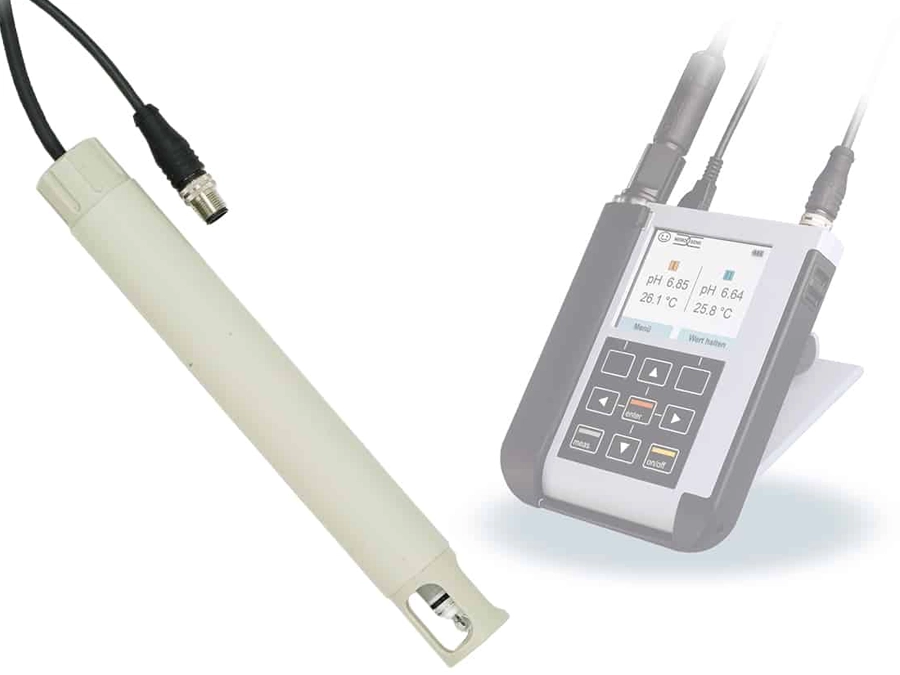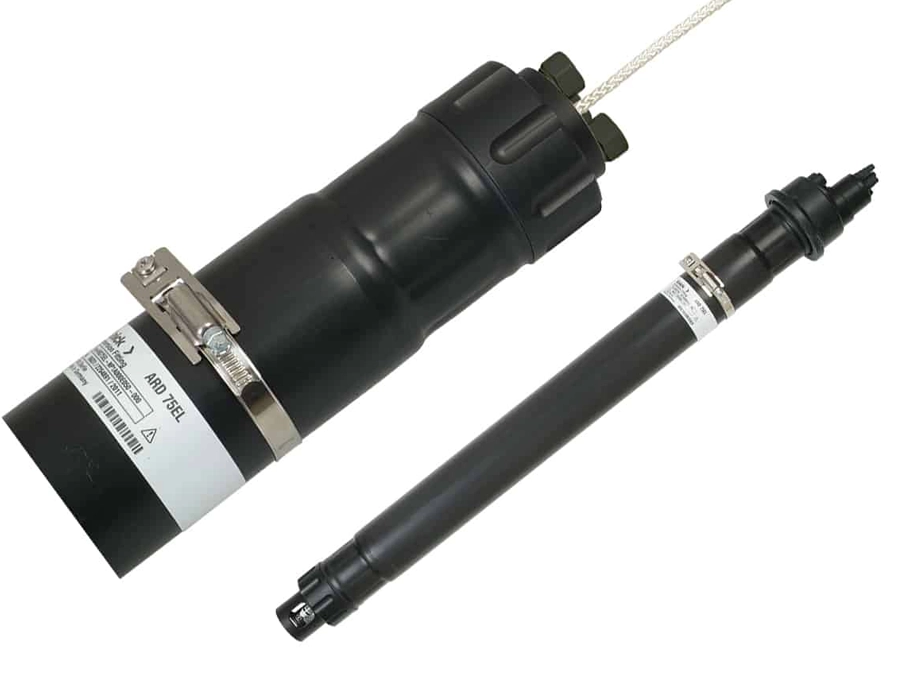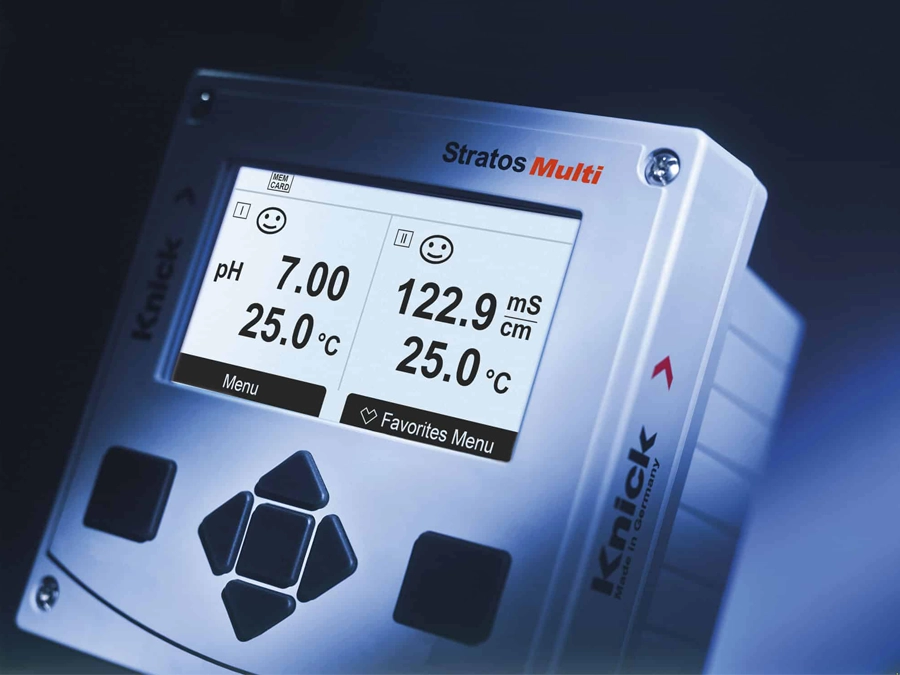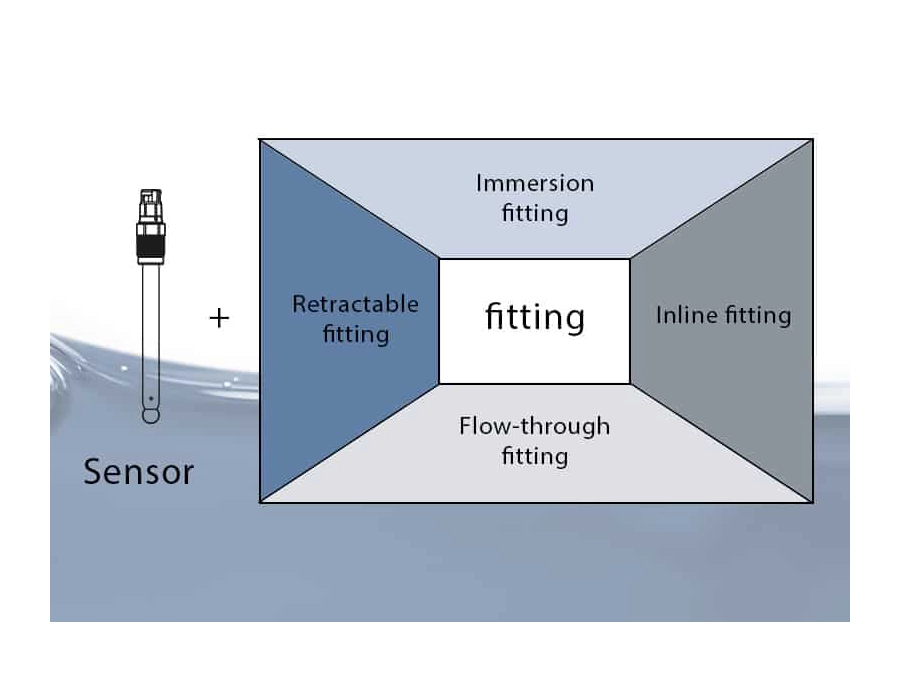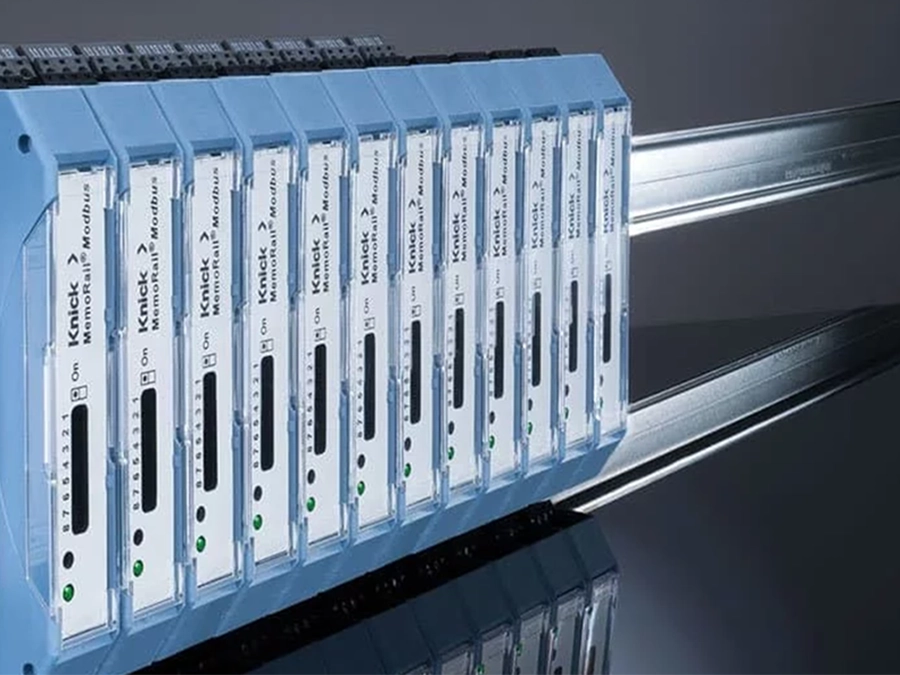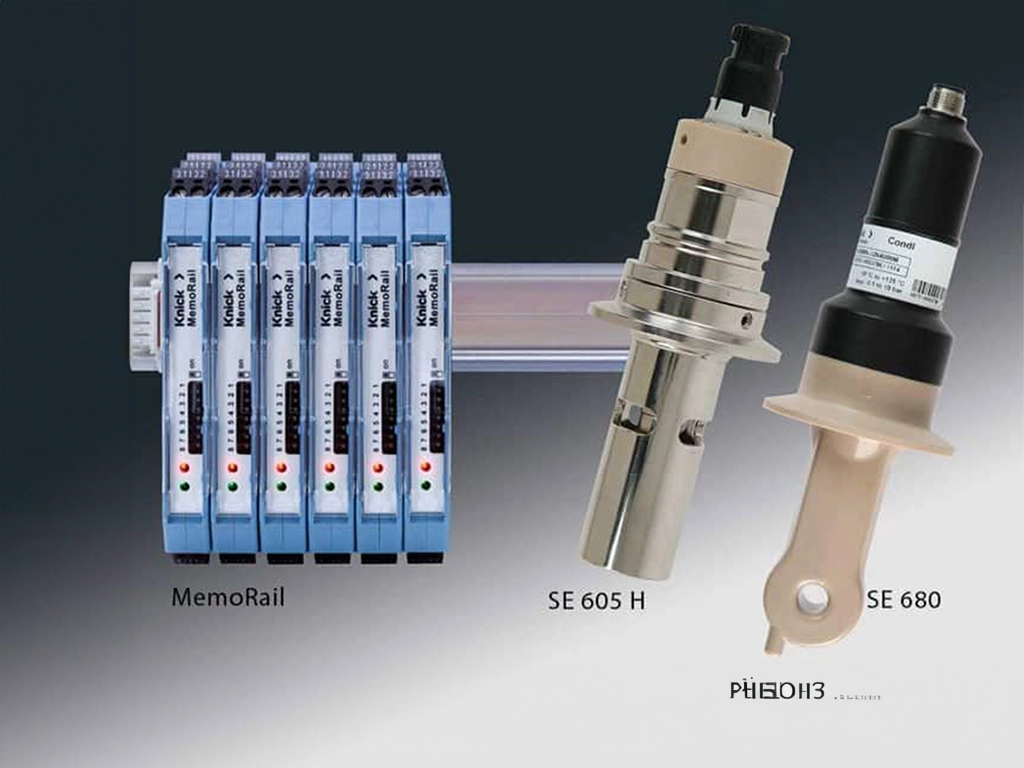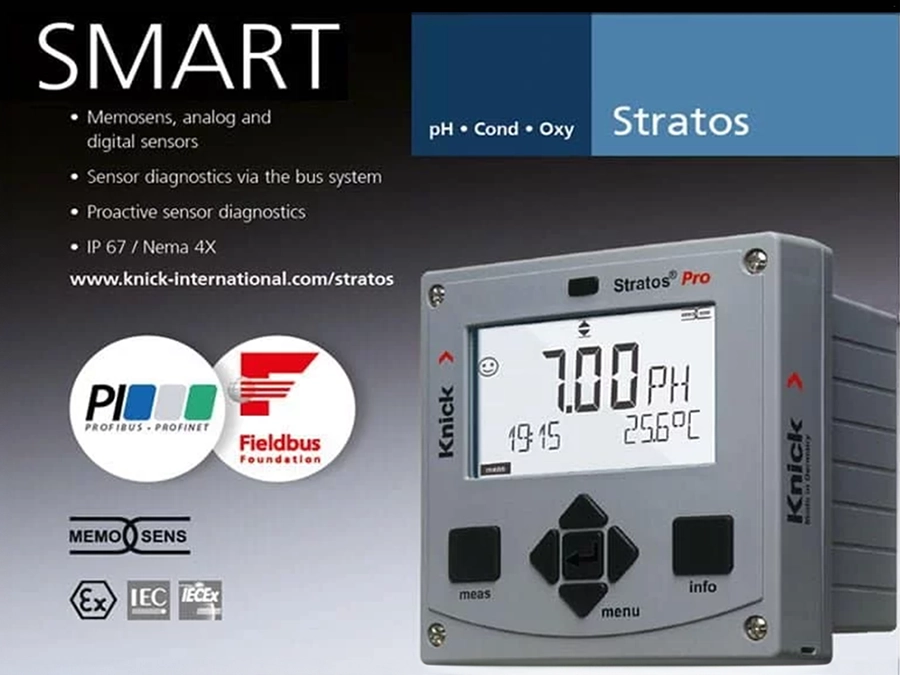ANALYSE DES PROCESSUS
Surveillance de l’alimentation en eau brute pour la production d’eau potable
Le contrôle de la qualité de l’eau brute utilisée revêt une importance cruciale pour la production d’eau potable. Le budget dédié à la production d’eau potable par les communes est souvent limité.
C’est pourquoi les exploitants d’installation doivent relever le défi de réaliser des process sûrs pour la production d’eau potable tout en calculant les coûts au plus juste.
Les mesures en ligne du pH et du potentiel d’oxydoréduction (ORP) permettent aux exploitants d’installations de production d’eau potable d’analyser la qualité de l’eau brute utilisée et de prendre des mesures pour protéger ces installations.
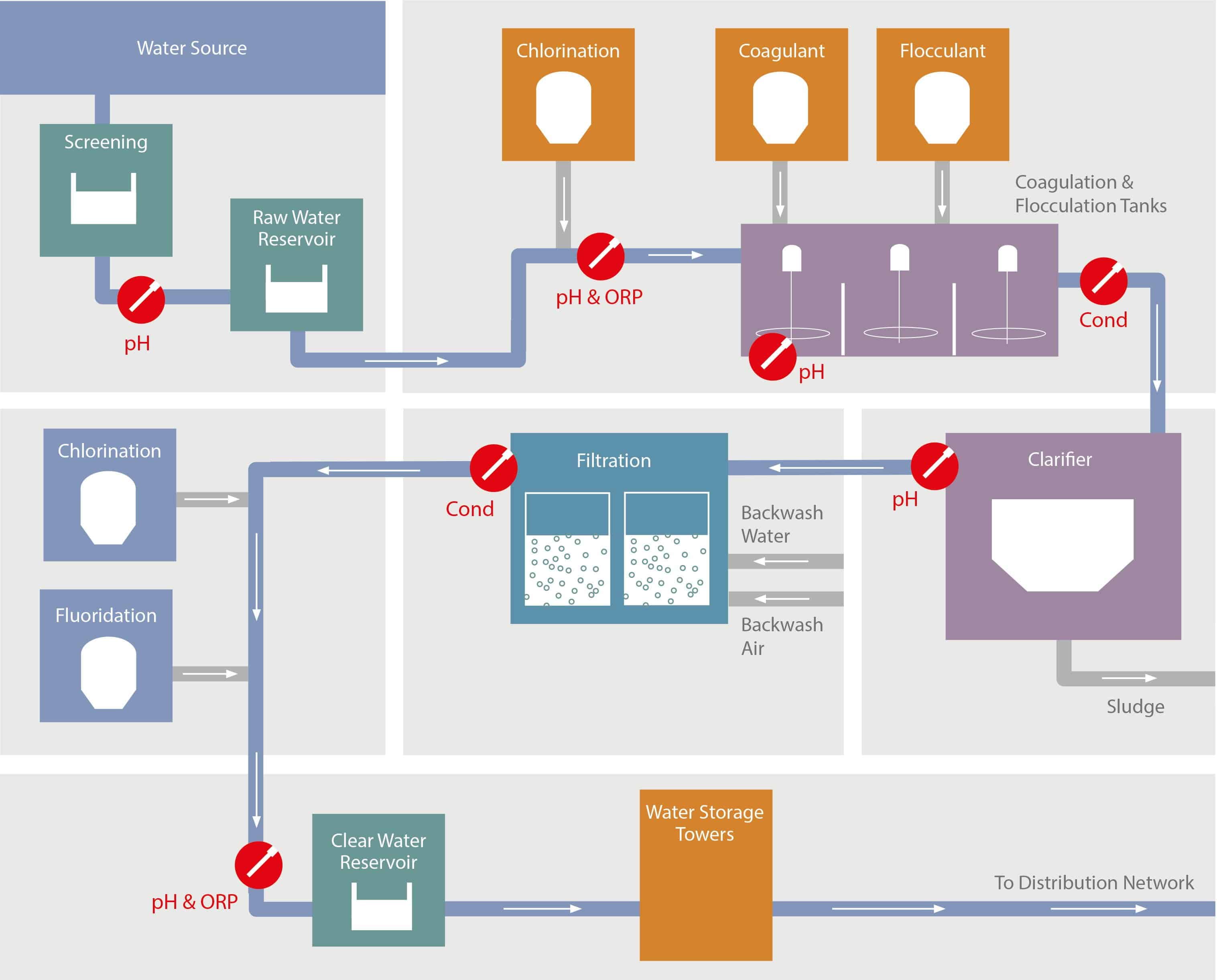
Importance des mesures du pH et du redox pour la production d’eau potable
Avant que l’eau brute des lacs, fleuves ou puits puisse être injectée dans les conduites d’alimentation comme eau potable, son innocuité est vérifiée par différentes analyses et procédures de filtration. Bien que certains germes et charges polluantes ne puissent être détectés que par des analyses hors ligne, fastidieuses et réalisées en continu, les mesures en ligne du pH et du redox dans l’eau brute introduite offrent aux techniciens d’importantes informations sur la qualité de l’eau et, le cas échéant, sur les mesures à prendre.
La collecte de ces valeurs relatives à l’eau brute joue un rôle décisif pour l’ensemble du process de production d’eau potable. En effet, les mesures de neutralisation de pH ou de potentiels redox extrêmes ne sont pas seulement prises pour assurer la compatibilité sanitaire, mais aussi pour protéger les installations de traitement et les filtres d'une usure prématurée : l’eau acide n’est pas seulement malsaine, elle a également un effet corrosif sur les conduites d’eau.
Le potentiel redox quant à lui exprime le rapport de concentration entre les substances réduites et oxydées dans l’eau, y compris entre autres les nitrates, les phosphates et l’oxyde de manganèse. Un potentiel redox faible est également le signe d’un risque élevé de contaminations biologiques. Afin d’augmenter le potentiel redox et donc de perturber le métabolisme des germes, des produits chimiques à effet oxydant tels que le chlore sont ajoutés à l’eau. Ce dosage est à son tour effectué sur la base d’une mesure du redox. Il faut alors éviter aussi bien les sous-dosages que les surdosages en procédant à un relevé fiable des valeurs.
Les sous-dosages ne permettent pas de tuer tous les germes. Les surdosages en revanche accélèrent l’usure des composants de l’installation, nécessitent des étapes de traitement supplémentaires pour réduire la concentration de chlore à un niveau sans incidence sur la santé et se traduisent par une consommation accrue et inutile de produits chimiques.
Contraintes exercées sur les sondes lors de la surveillance en ligne : diminuer les risques de diaphragmes obstrués
Tandis que l’eau des nappes phréatiques est généralement peu polluée, l’eau brute peut, selon le contexte régional, aussi provenir d’eaux de surface ou de précipitations collectées dans les égouts. Pour éviter des durées de vie plus courtes et des intervalles de maintenance rapprochés, qui exigeraient des interruptions de process fréquentes, les sondes pH et redox utilisées pour la mesure en ligne de l’eau brute doivent résister à de fortes contraintes et éviter l’obstruction du diaphragme, même en cas d’encrassement important, grâce à des éléments de construction adaptés.
La sonde Memosens SE554 a été conçue pour la mesure du pH dans des fluides encrassés, acides ou alcalins. En tant que solution particulièrement économique, la SE554 est également disponible en version permettant la mesure simultanée du pH et du redox avec une électrode en platine.
Deux diaphragmes perforés limitent le risque d’obstruction ou d’encrassement au minimum. Les perturbations de mesure liées aux potentiels de diffusion au niveau du diaphragme sont réduites par la forte teneur en chlorure de potassium ainsi que par sa répartition spéciale dans le polymère de l’électrode de référence.
En raison de sa grande stabilité, de sa précision et de son entretien minimal (il n’est pas nécessaire de remplir l’électrolyte) l’utilisation de la sonde SE 554 contribue à une réduction significative de l’ensemble des coûts opérationnels. La sonde redox SE564 a également été conçue pour l’utilisation dans des fluides très encrassés, qui ont tendance à former des dépôts. Tout comme la SE554, la SE564présente aussi un électrolyte polymère moderne résistant aux températures et à la pression, qui assure des mesures stables à long terme et rend l’utilisation de diaphragmes en céramique traditionnels superflue. Au lieu de cela, le contact entre le système de référence et le fluide de process est ici aussi assuré par un double diaphragme perforé, qui évite efficacement les obstructions lors des mesures dans des eaux usées chargées de matières solides.
Memosens permet un remplacement de la sonde rapide et une détection des erreurs facile sur place
Le remplacement prévu de la sonde par une sonde de rechange Memosens précalibrée s’effectue en seulement quelques minutes, même dans des conditions ambiantes difficiles. Une fois enfichées, les sondes de rechange transmettent automatiquement les données de sonde et de calibrage enregistrées dans leurs composants électroniques au transmetteur, ce qui permet aux mesures de se poursuivre sans interruption notable. Les transmetteurs industriels de la série Portavo permettent en outre un diagnostic de sonde rapide et facile sur place en cas de problèmes au niveau du poste de mesure. Souvent, il suffit d’un nettoyage ou d’un recalibrage de la sonde avec Portavo pour résoudre les problèmes simples. Dans de nombreux cas, cette solution permet d’éviter un remplacement préventif des sondes et la détection des erreurs ultérieure en laboratoire.
Transmission des mesures fiable dans les milieux humides
Grâce à la transmission inductive des valeurs de la sonde et de la tension d’alimentation dans les connexions, l’utilisation de sondes Memosens permet de transmettre les valeurs mesurées sans perturbation, même dans un environnement humide. Les valeurs mesurées sont transmises correctement sur jusqu’à 100 mètres de câbles de sonde, car elles sont numérisées et ne subissent donc pas l’atténuation habituelle des signaux analogiques. Les transmetteurs peuvent ainsi être installés dans un environnement protégé, loin du poste de mesure.
Retour sur investissement
- Les caractéristiques de construction des sondes pH ou redox SE554 et SE564 garantissent une longue durée de vie, même dans des fluides très encrassés.
- De par leur maintenance minimale et leurs cycles de maintenance prolongés, l’utilisation des sondes Memosens réduit les coûts associés aux postes de mesure.
- Le remplacement rapide des sondes par des modèles Memosens précalibrées permet de réduire les temps d’arrêt, d’éviter les calibrages complexes sur place et de prévenir ainsi efficacement les distorsions des résultats de mesure ainsi que les erreurs qui s’ensuivent. Le transmetteur industriel Portavo 908 Multi permet de saisir facilement les données de calibrage et de sonde sur des postes de mesure éloignés.






